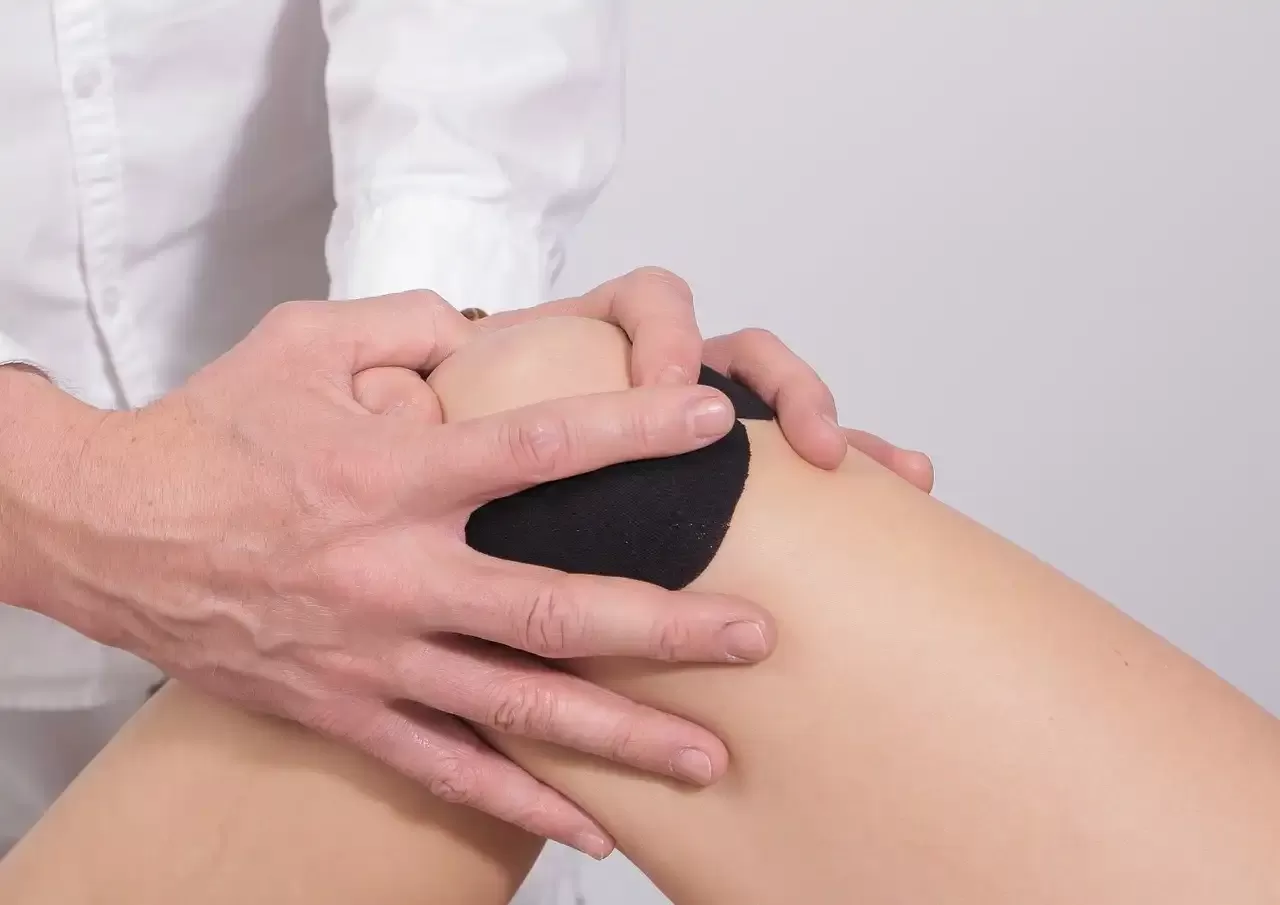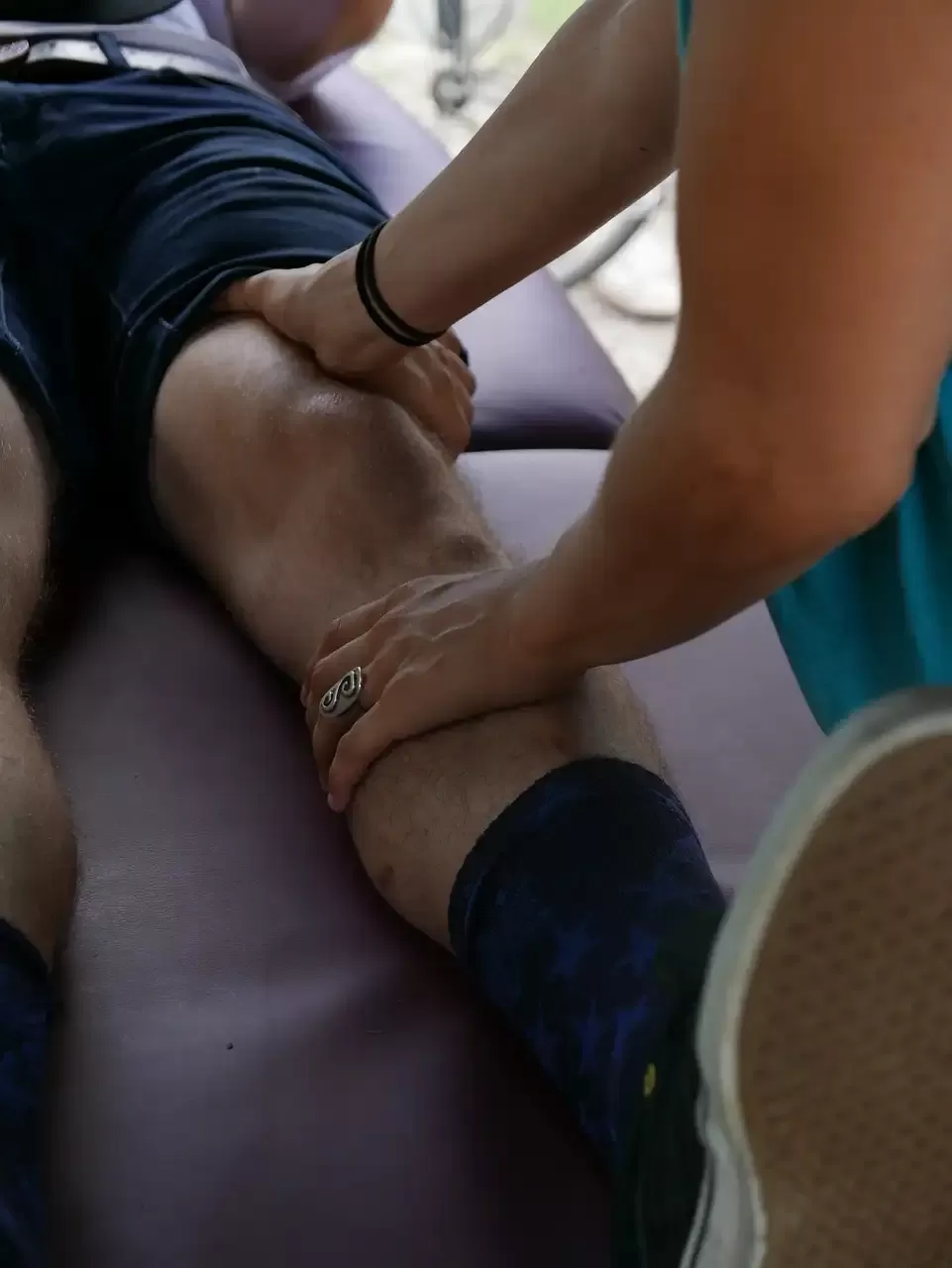Massage for Tight Hamstrings: How Wimbledon Clinic Can Help You
Tight hamstrings are a common issue for active individuals and those with a more sedentary lifestyle.
At Wimbledon Clinic Massage, we specialise in sports and deep-tissue massage techniques designed to alleviate the discomfort caused by tight hamstrings. In this article, we’ll explore how our professional massage services can reduce tightness, break up adhesions, and improve muscle health.
Understanding Muscle Adhesions
Muscle adhesions, also known as knots, are areas where muscle fibres have become bound together. This binding often results from the body’s natural healing after a muscle strain or injury. When muscle fibres are damaged, the body forms scar tissue to repair the injury. However, if this scar tissue is not adequately managed through rehabilitation, it can lead to adhesions. These adhesions restrict the muscle's expected movement, leading to tightness and discomfort.
In the hamstrings, adhesions are commonly caused by historic strains—overstretching or overloading of the muscle during physical activity. Over time, if these strains are not treated with proper massage and rehabilitation, the scar tissue can develop into fibrotic tissue, making the muscle feel stiff and limiting its flexibility (limits in stretching ability or range of movements).
Causes of Hamstring Tightness and Adhesions
- Historic Muscle Strain:
The most common cause of tight hamstrings is a previous injury that wasn’t adequately treated. When you pull or strain a hamstring, the body attempts to repair the muscle fibres by creating scar tissue. Without proper intervention, this scar tissue can lead to adhesions, causing persistent tightness.
- Inactivity:
Interestingly, hamstring tightness isn’t just an issue for athletes. Individuals with a sedentary lifestyle, such as those who are wheelchair-bound or bedbound, can also develop adhesions. Inactivity leads to muscle atrophy and the shortening of muscle fibres, which can contribute to the formation of adhesions in the hamstrings. The lack of movement means that any minor scar tissue that develops doesn’t get broken down naturally, leading to tightness and discomfort over time.
- Prolonged Pressure:
Another less common but significant cause of hamstring adhesions is prolonged pressure on the muscle. This can occur if someone spends long periods sitting on a hard surface or a chair that’s too small, causing the edge of the chair to press into the hamstrings. Over time, this pressure can cause the muscle fibres to bind, forming adhesions restricting movement.

The Role of Massage in Treating Tight Hamstrings
At Wimbledon Clinic Massage, our approach to treating tight hamstrings involves a series of sports or deep tissue massage sessions. These sessions are designed to break down the adhesions within the muscle, improving and reducing the sensation of tightness. Here’s how our massage therapy can help:
- Breaking Down Adhesions:
Through targeted deep-tissue massage, our therapists apply pressure to the affected areas, helping to break up the scar tissue and adhesions within the muscle. This process alleviates tightness and promotes better blood circulation, essential for muscle recovery.
- Reducing Muscle Guarding:
After an injury, the body often compensates by tightening surrounding muscles, known as muscle guarding. This protective mechanism can lead to further adhesions if left untreated. Regular massage sessions help to reduce this guarding by relaxing the muscle fibres and promoting a natural range of motion.
- Preventing Reformation of Adhesions:
To effectively combat hamstring tightness, it’s crucial to have multiple massage sessions spaced out over a short period, typically 4-7 days apart. This timing allows the therapist to break down enough adhesions before the body can reform them. For most clients, we recommend an initial course of 3-6 sessions.
- Holistic Approach:
While massage is incredibly effective, it’s essential to understand that addressing hamstring tightness often requires a holistic approach. This includes rehabilitation exercises, stretching routines, and sometimes, lifestyle changes to prevent further strain or inactivity.
Identifying the Cause of Your Tight Hamstrings
Determining the exact cause of hamstring tightness can be challenging without a few massage sessions. However, through a detailed client history and understanding the nature of the tightness, our therapists can often make an educated assessment. For example, a history of athletic strain combined with prolonged sitting might suggest a combination of strain-induced adhesions and inactivity-related tightness.
In some cases, the initial strain leads to guarding, which then reduces movement and causes further adhesion formation. Addressing these issues early with professional massage therapy is critical to preventing long-term discomfort and ensuring optimal muscle function. Luckily, we work closely with Wimbledon Clinic Physio and Wimbledon Chiro & Sports Injury Clinic to help you rehabilitate the softened muscle and recreate muscle balance, which is the most common cause of muscle strain
Conclusion
Tight hamstrings can be more than an annoyance—they can limit mobility and lead to further injuries if left untreated. At Wimbledon Clinic Massage, our experienced therapists are here to help you break free from the discomfort of tight hamstrings. With a personalised treatment plan that includes a series of sports or deep tissue massages, we can help you regain flexibility, reduce tightness, and improve your overall muscle health. Don’t let tight hamstrings hold you back—contact us today to book your first session and start your journey toward better muscle health.
